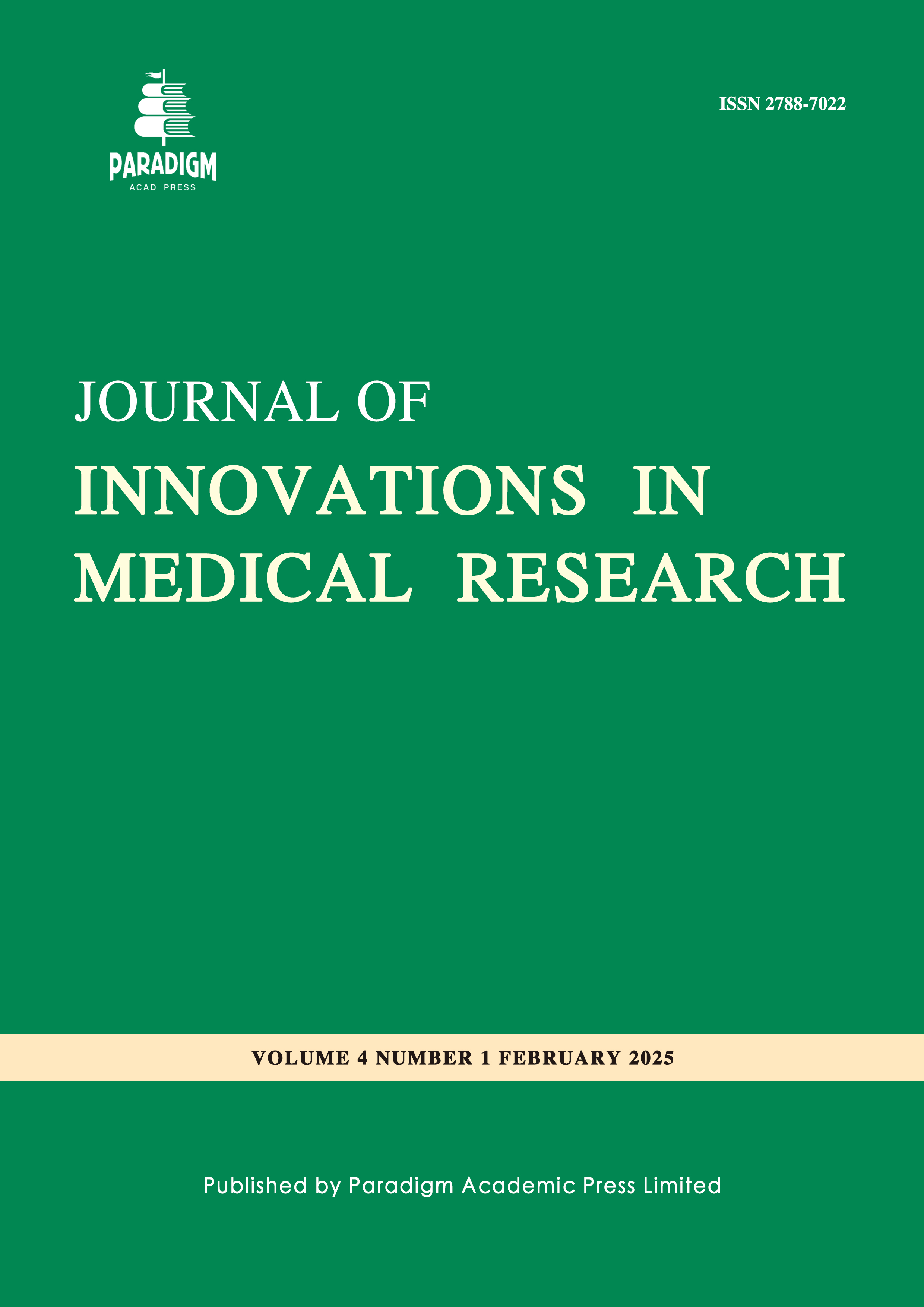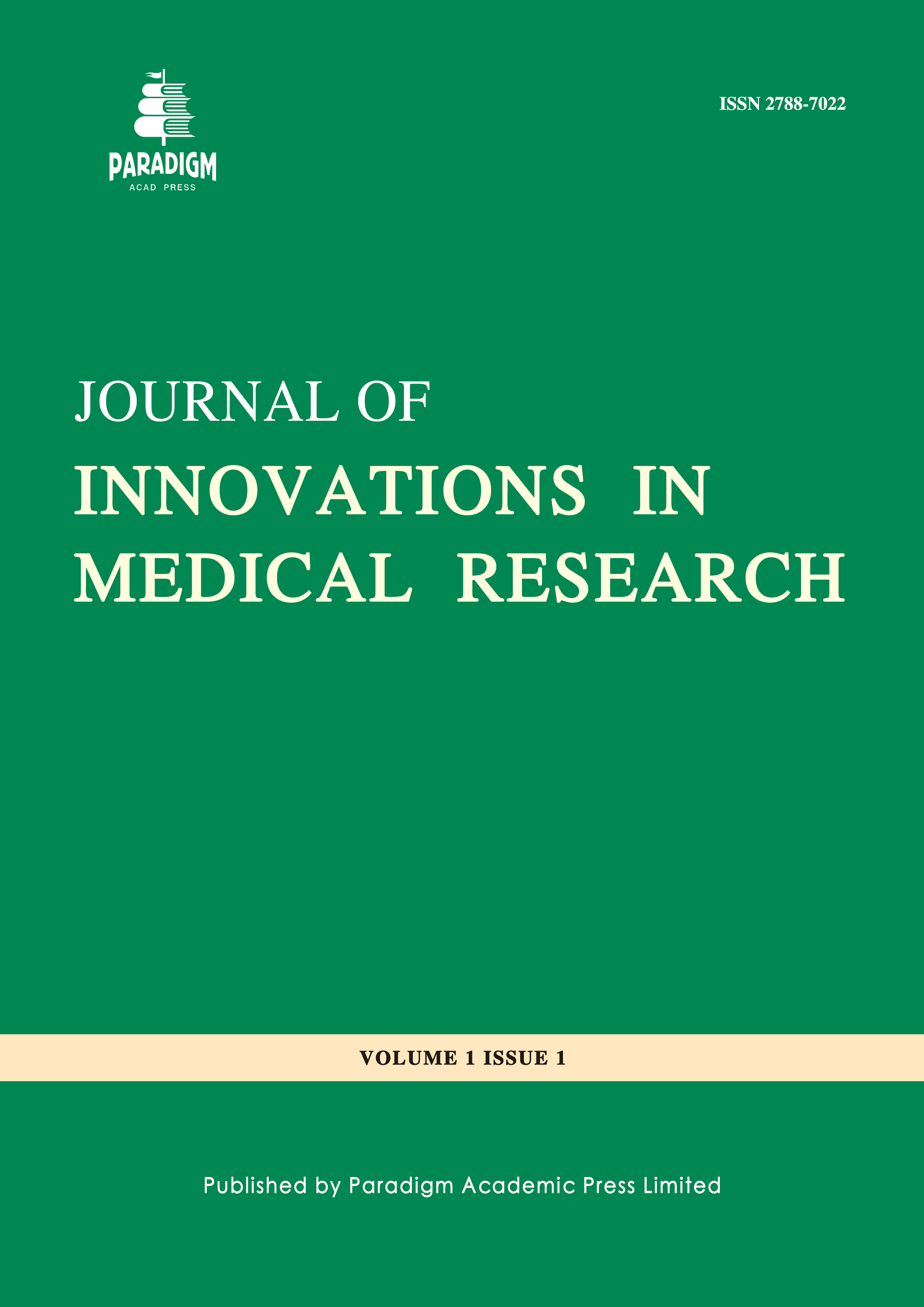Anatomy of Human Liver: A Theoretical Study
Keywords:
liver anatomy, bile ducts, hepatic lobes, portal vein, hepatic arteryAbstract
Liver is the largest and the most complex internal organ of the body. It is situated in the right upper quadrant of the abdomen and extents across the midline to the left upper quadrant. It is considered as a central essential vital organ for survival of human, animals, birds, fishes, etc. It plays many important roles in human body by breaking down nutrients that are found from digestion, storing energy and supplying this during fasting, fighting against infection and disease, reducing the effects of toxins and drugs, etc. Before and during various surgical and interventional radiologic procedures of the liver; physicians, anatomists, and radiologists need to determine the damage area. Therefore, they need accurate anatomical and clinical particularities of the liver before and during the essential interventional or surgical planning for the successful operations, such as hepatic artery infusion pumps, liver ablation, transplantation, transarterial chemoembolization, selective internal radiation therapy, and portal vein embolization. In this study anatomy of liver is discussed to improve the safety and feasibility of hepatic surgery.



